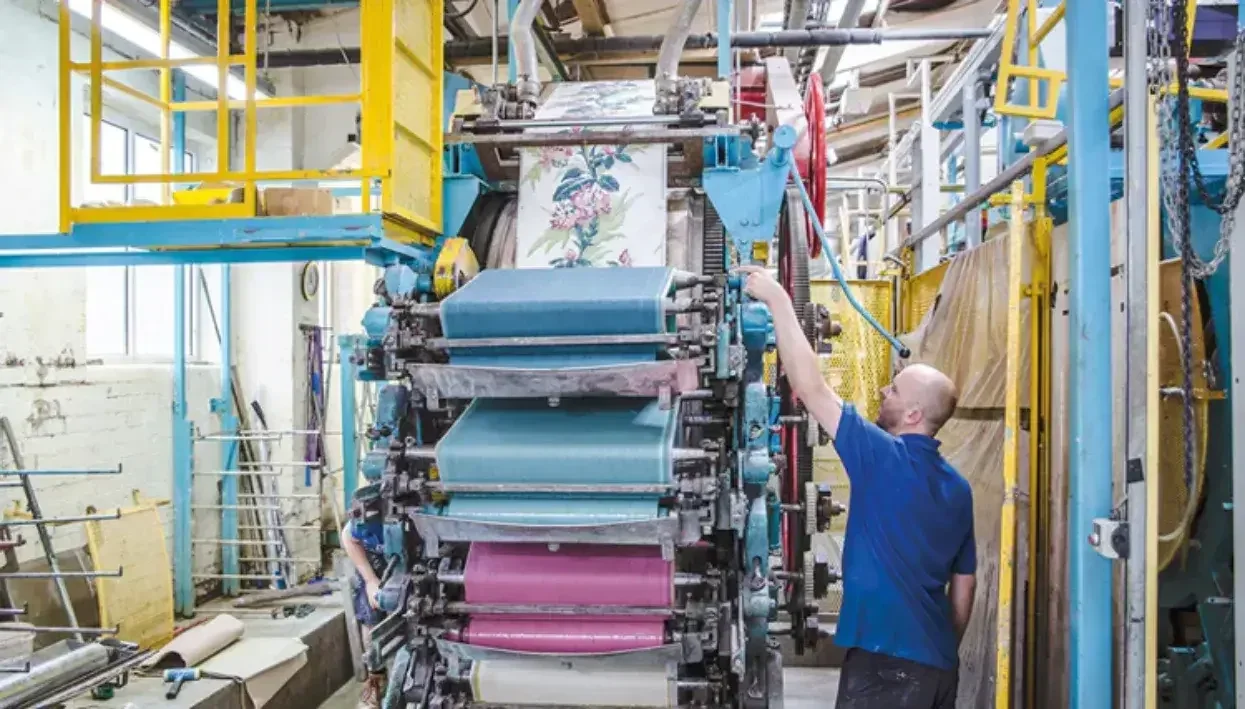Interior Printing
A preview of FESPA’s Technical Guides: an introduction to decorative interiors
Author
FESPA Staff
Published Date
23/02/2021
Become a FESPA Member
to Continue Reading
